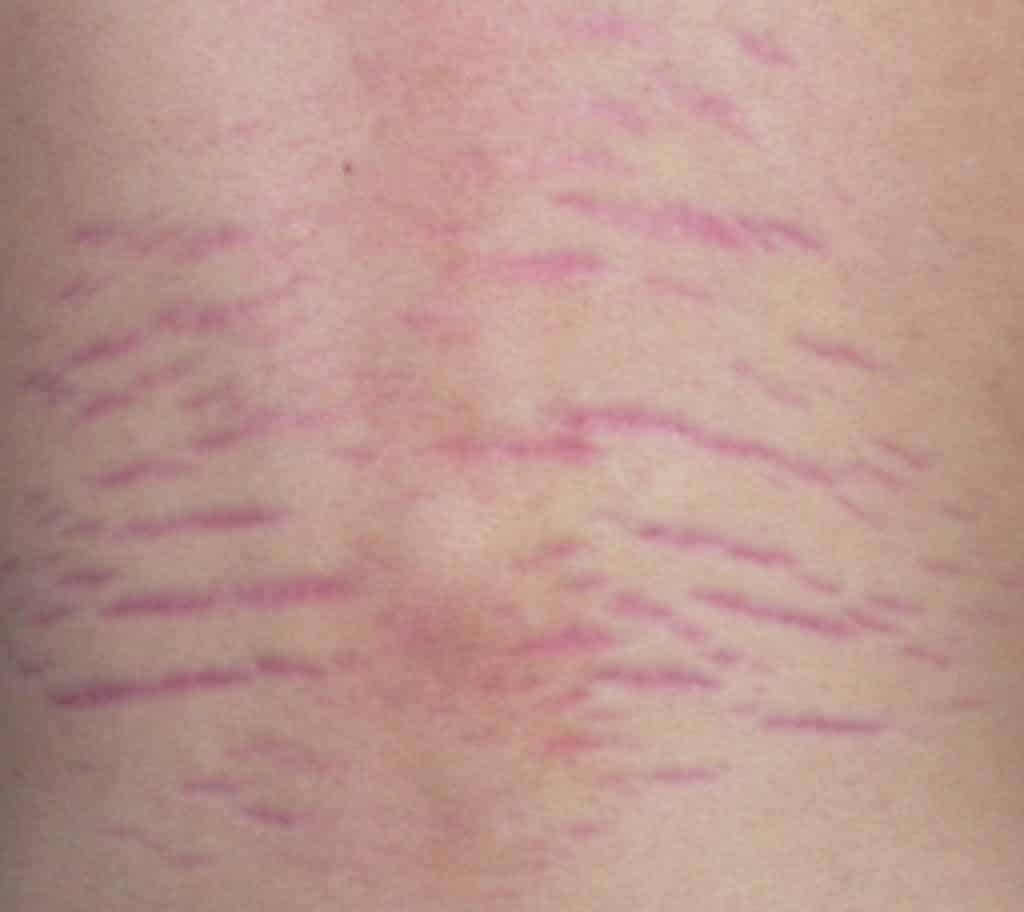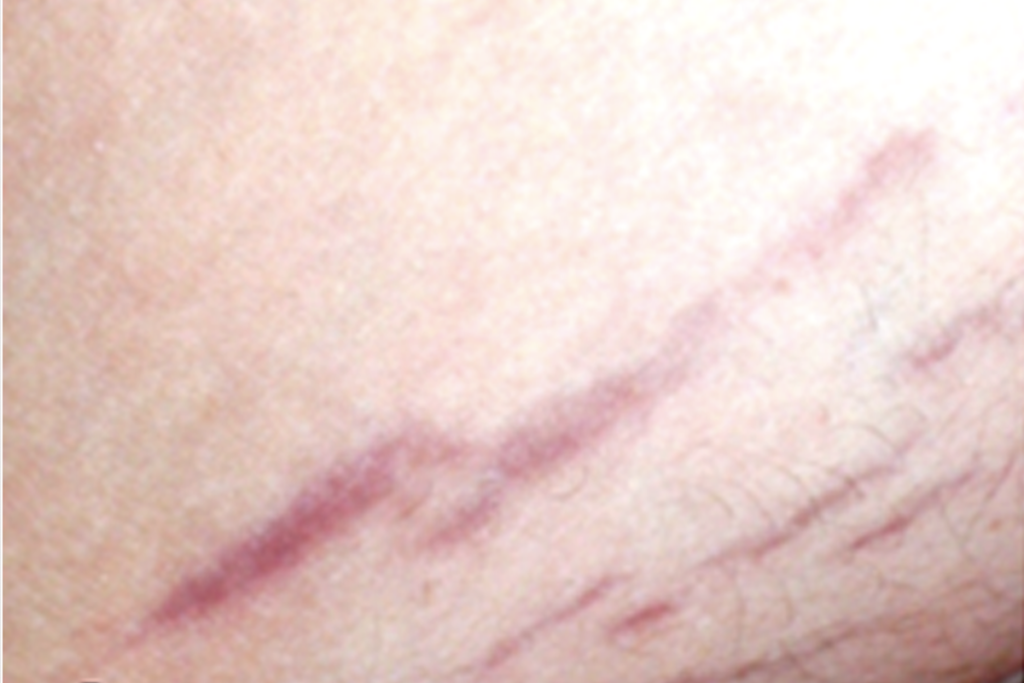Other Tick Borne Diseases
Bartonella


What is Bartonella?
Bartonella is a common bacterial Lyme disease coinfection. Currently, there are 15 known species of Bartonella that cause infections in humans, but that number might be just the tip of the iceberg. Although cat scratch fever (Bartonella henselae), transmitted from the lick, scratch, or bite of an infected cat, is the most well-known Bartonella infection, 37 different Bartonella species have been identified in a variety of living hosts, ranging from humans to domestic and wild animals. The sheer number of species of the bacteria has given rise to a collective group name known as “Bartonella-like organisms” (BLOs) among many Lyme specialists. Most of these species lack clinical definitions and drug treatment options, and their impact on human health is poorly understood by the medical community.
Bartonella lives inside blood vessels and red blood cells, where it multiplies and avoids being detected by the immune system. The disease resulting from a Bartonella infection is called bartonellosis. Fleas, lice, sand flies, and ticks are established carriers of Bartonella, and there’s a high likelihood that ticks are a culprit for transmitting the infection to humans. Research has already demonstrated that ticks can transmit certain species of Bartonella to mice. But further investigation is needed to confirm the part ticks play in infecting people. Additionally, Bartonella may be transmitted through mother-to-child in utero or during a cesarean section.
Bartonella has been identified in various tick species, including blacklegged ticks, Lone Star ticks, Pacific Coast ticks, and more. Like Lyme disease, the actual incidents of the infection are likely underreported. The severity of Bartonella symptoms varies from person to person. One person can exhibit mild or no symptoms despite being infected, while another person experiences chronic infection and persistent symptoms.
Several species of Bartonella affect human health, but the most prevalent species in the United States is Bartonella henselae. Because a variety of tick types potentially carry Bartonella, the highest concentrations of the bacteria aren’t confined to one specific region of the country.
Symptoms of Bartonella
Bartonella symptoms often overlap with those of Lyme disease and can be mild in the early stage of the infection. However, like the coinfection Babesia, there are some unique features of Bartonella infection as well. Hallmark symptoms of Bartonella include:
- A stretch mark-like rash


- Swollen glands in the head, neck, arms, and along the shins
- Pain in the soles of the feet upon waking
- Psychiatric symptoms
- Feelings of rage
- Neurological manifestations
Other symptoms that can accompany a Bartonella infection are:
- Flu-like illness
- Low-grade fever
- Profound fatigue
- Headaches
- Muscle pain
- Body aches
- Abdominal pain
- Changes in bowel habits
- Eye and vision problems (such as floaters, light sensitivity, and blurry vision)
- Anxiety and depression
- Facial pain and tooth issues
- Bladder and pelvic pain
- Cardiovascular issues
- Seizures
Bartonella may become life-threatening when a person is immunocompromised or elderly. Some people experience relapsing Bartonella, which happens cyclically when the bacteria pass in and out of red blood cells.
Bartonella Testing and Diagnosis
To test for Bartonella, we recommend using the CLIA-certified laboratory Galaxy Diagnostics. We also advise patients to work with a Lyme disease specialist who has advanced training and expertise in diagnosing and treating Lyme and coinfections.
To locate a Lyme disease specialist with knowledge of Bartonella, consult the Provider Search through the International Lyme and Associated Diseases Society.
The MSIDS model, a 16-point assessment to identify sources of infections, immune dysfunction, and inflammation, can also be of use to identify Bartonella. After you’ve filled out the questionnaire, you can have the report emailed to you to print off and take with you when you visit your healthcare provider.
Treating Bartonella
Bartonella infection is commonly treated using a regimen of antibiotics, including doxycycline, azithromycin, or rifampin. However, it can remain a chronic, low-grade infection in the body. Even after a person has received a course of treatment, relapses can happen, and re-treatment may be necessary. Self-care strategies, supplements, and herbal remedies can also be used to support the recovery process.

